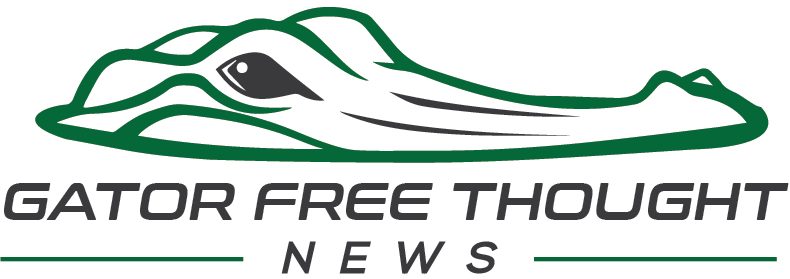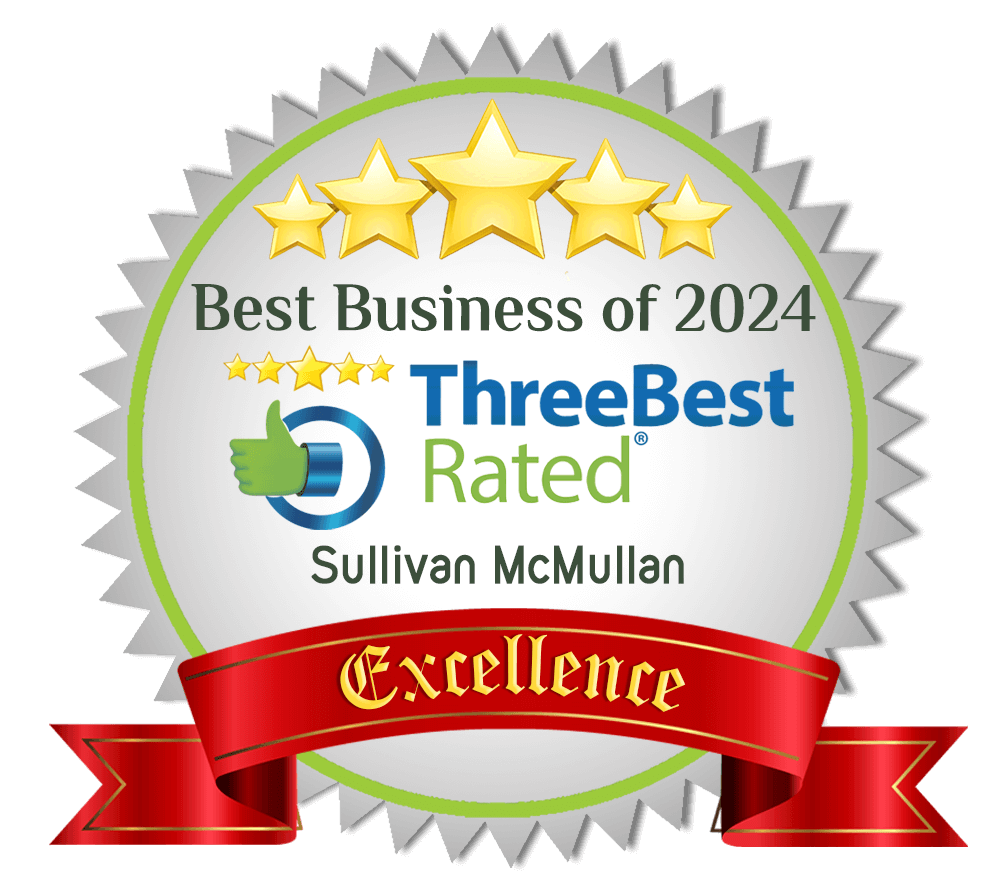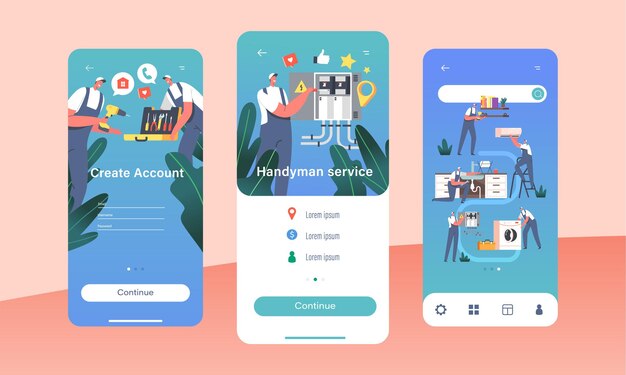Challenges Businesses Face When Hiring

In today’s fast-paced world, it can be difficult to find a job. But what isn’t talked about as often is how difficult it can be for businesses to hire the right person. You need to recruit people with the skills and experience required to work at your company. Then, you need to make sure they’re credible; that the claims on their resume match reality. It doesn’t stop there – you have to make sure they’re a good fit for the culture that your business has created. Do they get along with other employees? Can they communicate with their co-workers cohesively and directly? This extensive process comes at a cost to the business since it needs to invest the resources to search for and train new hires. We’ve collected input from various employers to help you determine how to handle these challenges:
Challenge of Attracting the Right Talent

Martin Seeley, Chief Executive Officer at MattressNextDay, finds that their biggest challenge is attracting the right candidates. Since there are a lot of other recruiters trying to reach out to job-seekers, it is hard to attract the attention of the right prospects. Just like how hard it can be to attract qualified applicants, it can also be difficult to keep top talent. We, employers, have to exert effort into persuading candidates to choose our company over other companies. But, these common challenges can be solved with the right strategies. One good way to solve hiring challenges is to train and work with your hiring team. This can help improve their hiring skills and you can improve your recruitment process.
Caroline, from CocoSign, agrees that finding the perfect candidate can be difficult. She suggested there are a few things you can ask yourself:
- How can we attract top talents compared to big companies?
- Are we hiring the right talents that “click” with our core value?
- Are we hiring effectively enough?
- How can we engage and motivate the new employees to their fullest potentials?
Caroline revealed:
Training doesn’t really solve these problems much. If you have the proper management system, getting new employees familiar with their positions becomes relatively easy. The fundamental issue is: as a recruiter, have I been equipped with sharp enough eyes to spot the right talents with the right personality and work ethics for my company?”
Proper Screening
Now that you have compiled a list of potential candidates, it comes down to screening and checking references. A potential employee might have all types of claims on their resume – that they have years of experience, have worked at several companies, and have excellent references. But keep in mind that someone might allege all sorts of things on their resume to get a job. You need to fact-check these claims to make sure they reflect reality.
The President of Illuminate Labs, Calloway Cook, shared his unique perspective when hiring for a creative position. He stated that it can often be hard to determine if a candidate’s portfolio work is fully their creation.
Often, potential candidates for a full-time or contract position will share their portfolio. Whether this is a development or creative position, it can be hard to assess whether the portfolio work is 100% created by the candidate, or whether it was created by the candidate in conjunction with other people. A graphic designer may host work on their portfolio that was created at a prior job by a team of five, of which they were a member, for example. You can always ask them if they created the work themselves, but there’s no perfect way to determine the validity of their answer.”
Challenge of Culture

You might have found a highly-skilled worker that’s ready to make a difference – but if they don’t get along with other employees, then there will be challenges. It can make the atmosphere around the office tense and uncomfortable, which will inhibit productivity and reduce the morale of your employees. Finding the right fit for your company is important for both new and old workers.
Shad Elia, owner of SE Homes, is an expert when it comes to the recruitment process. Through his experience as a real estate investor he has over 20 years of running a business and has hired and managed over 200 employees in his career. He shared that the biggest challenge he faces when hiring new employees is getting them to adapt to their company policies and practices:
New employees tend to hold on to bad habits from their previous jobs and find it difficult to adapt to new ways of getting things done. We found that allowing employees to make mistakes solved most of our challenges. Mistakes are inevitable and by having a positive response towards them and leading them in the right direction allows for new employees to feel supported, motivated, and excited to work and do better.”
The biggest challenge that WikiLawn Lawn Care faces when hiring, is integrating a new hire into the company culture and getting them up to speed with company procedures. The President of WikiLawn, Dan Bailey, says “some hires just never really mesh well with it. We try to screen these people out, but it doesn’t always work. When this happens, we’re left with a difficult decision. Now that we’re remote it’s not as much of an issue, but when someone clashed with the overall vibe of the office, it made life miserable for every employee.”
In order to overcome this issue, Dan states that it is really important to listen closely to their current employees and try to educate the new hire about any issues that arise.
Old vs New Employees

Michael Alexis, the CEO of TeamBuilding, brings up an interesting point. When asked about his biggest challenge, he shared that there is sometimes a problem of bridging the gap between old and new employees. He shared the following example: new employees may have the perception that the other staff have always been here and therefore have already formed strong relationships and bonds that don’t include that person. And in fact, that may be the case.
In order to overcome this challenge, you need to provide time and space for relationship-building between the different groups. You could start by including icebreaker questions at the beginning of meetings, do a virtual happy hour, or integrate team building games throughout the day. By providing this time and intention to create bonds, you will see them start to form and you can bridge the gap between employees new and old.
Challenge of Communication

James Boatwright, CEO of Code Galaxy revealed a challenge that is often overlooked. He said:
When hiring, it is important to explain some of the less obvious processes put in place by the team to work efficiently together. For example, what level of communication is expected?”
Mark A. Herschberg, author of “The Career Toolkit, Essential Skills for Success That No One Taught You”, shared a few key insights. He said that one challenge recruiters face is with communication. He expressed that we all communicate differently. This comes in many forms, but the three most common are the following:
- The linguistic style includes the use of discourse markers (you know, or well) as well as direct versus the indirect style of speech (Maybe we could open a new office vs Let’s open a new office).
- Mental models reflect how we approach problem-solving. Think of Star Trek’s Spock in a meeting with Parks and Recreation’s Leslie Knope, they are both diligent workers but engage in problem-solving very differently.
- The third is communication channel preference. Some people prefer emails, others a quick chat in person, still others would rather have formal meetings. Making sure there’s a stylistic match or at least acknowledgement of and respect for the other party’s communication style is key to avoiding misunderstandings early on.
Training is Key

Brian Robben, CEO & Founder Robben Media, points out that hiring someone is a major investment. When you tally up the time, money, and energy invested into a proper hiring process, it’s a risk that doesn’t always pay off. To avoid a bad investment, training has to be the number one priority. By giving a new hire correct guidance, you’ll do everything in your power to set them up for success. Daily touch-ins, weekly accountability meetings, and monthly reviews are all necessary. Having senior and junior employees share how they think about tasks is helpful too. By fully committing to training, you increase the odds that they will do extremely well and make the investment worth it.
Crystal Huang, CEO of ProSkyTraining, believes that training should start at your recruitment team. She shared that your hiring team should be able to mitigate unconscious bias and focus on candidate skill/ability. This is important to help improve the quality of hiring. It’s also vital to provide tools like projects, challenges and skills assessments to the team so that they can accurately measure the candidate’s abilities.
Once an applicant is hired, training is a great way to reduce the challenges associated with culture and communication. Alex Perkins, co-Founder of All the Stuff, explains that with proper training and guidance from their superiors, new hires can get used to their tasks and requirements. This can also help the employees grow and attain their work objectives.
For your new hire to perform their duties properly, they need proper training. Keep up open communication with the employee to learn how they’re handling their new responsibilities and the challenges they’re facing. It will allow you to train them in a way that addresses their concerns.
There’s a lot that goes into hiring a new employee. By carrying out this process carefully, you will save your business the time and money that’s spent when a new hire doesn’t work out. While it may be resource-consuming to find, screen, and train a new employee, it can benefit your business tremendously. Taking the time to carefully select candidates can result in an employee that is experienced, well-trained, and motivated to work hard for your business. When employees see the effort you put into making them comfortable, then your top talent will stay on longer.










